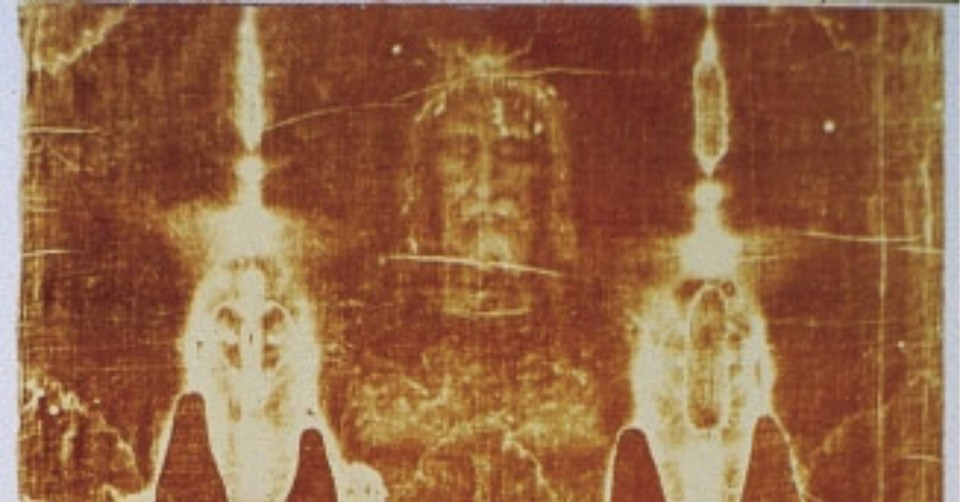What the Shroud of Turin Reveals about Jesus and Why It Still Matters

One of the most hotly debated archeological finds from the time when Christ walked the earth is the Shroud of Turin. The Bible states that after Jesus was crucified, He was wrapped in linen clothes (John 19:40, KJV). The Greek word for clothes in this scripture can also be interpreted as “sheet,” according to The New Strong’s Exhaustive Concordance of the Bible.
What Is the Shroud of Turin?
This “sheet” has an impression in it of the front and back of the body of a crucified man, which many believe is an imprint of the actual body of Jesus, although Jesus’ deceased body has never been found. The fact that His body has never been found is extremely significant. It suggests that Jesus physically died and then truly rose from the dead. No other religion can claim that its founder was raised from the dead.
The Shroud of Turin first captured the attention of the public in 1355 when it was put on display in Lirey, France, according to Magis Center. However, The Shroud of Turin has been housed in the Cathedral of St. John the Baptist in Turin, Italy, for over four centuries, according to the Museum of the Bible. It’s one of the most studied historical items in the world.
Testing the Shroud of Turin via Carbon Dating
In the past, it has been studied using the carbon dating method. The problem with carbon dating is that it typically starts with an assumed date range for the item being studied. So basically, the carbon dating doesn’t offer concrete proof of the timeframe in which something existed; it either supports or debunks an assumption, according to Answers in Genesis.
Research conducted by Cornell University has also found that carbon dating isn’t the most reliable method to use when determining the age of an artifact, according to Silicone Republic. In addition, there have been suspicions raised as to whether or not those who did the carbon dating were biased and intentionally manipulated the testing to make the shroud appear as being a fake and not being from the time of Christ, according to Daily Mail.
Importance of Cross-Disciplinary Studies of Shroud of Turin
That being said, most scientists and historians will use more than one method of research when studying historical objects. Dr. Jeremiah Johnston, President of the Christian Thinkers of Society, has used what he considers a “cross-disciplinary nature of study” as he has researched the Shroud of Turin. He used to be a self-proclaimed skeptic of the legitimacy of the Shroud of Turin, but his studies have led him to believe otherwise, according to a video interview he did with Digging for Truth.
In his research, Johnston notes that there are linen items that have survived even longer than the Shroud of Turin, so it’s very possible for this kind of linen to survive for 2000 years or more, especially since special care was taken over many centuries to preserve this particular shroud.
The brightest scientists are unable to explain how there is a “molecular image embedded in the cloth,” said Johnston. He went on to explain that the scientists who have studied it could not find pigment, dye, or even paint that would explain the image, although there is plenty of blood, which drained all the way through the cloth. However, the image is only superficial and only a few fibers thick. Therefore, it comes after the blood and after his death.
Though the shroud went through at least three fires in the middle ages, and was then literally doused in water to put out the flames, the superficial image that was only a few fibers deep still survived. Johnston also referenced a Swiss Criminologist named Max Frei who took samples from the shroud back in 1978 and found there was actually pollen in the fibers of the shroud. This pollen was exclusive to the land of Jerusalem.
For further details on other discoveries that shifted Johnston’s belief regarding the authenticity of the Shroud of Turin, please click here. Glenn Beck also interviewed Johnston. To view that interview, please click here.
Photo Credit: ©Public Domain, image cropped and resized

Originally published April 28, 2025.





